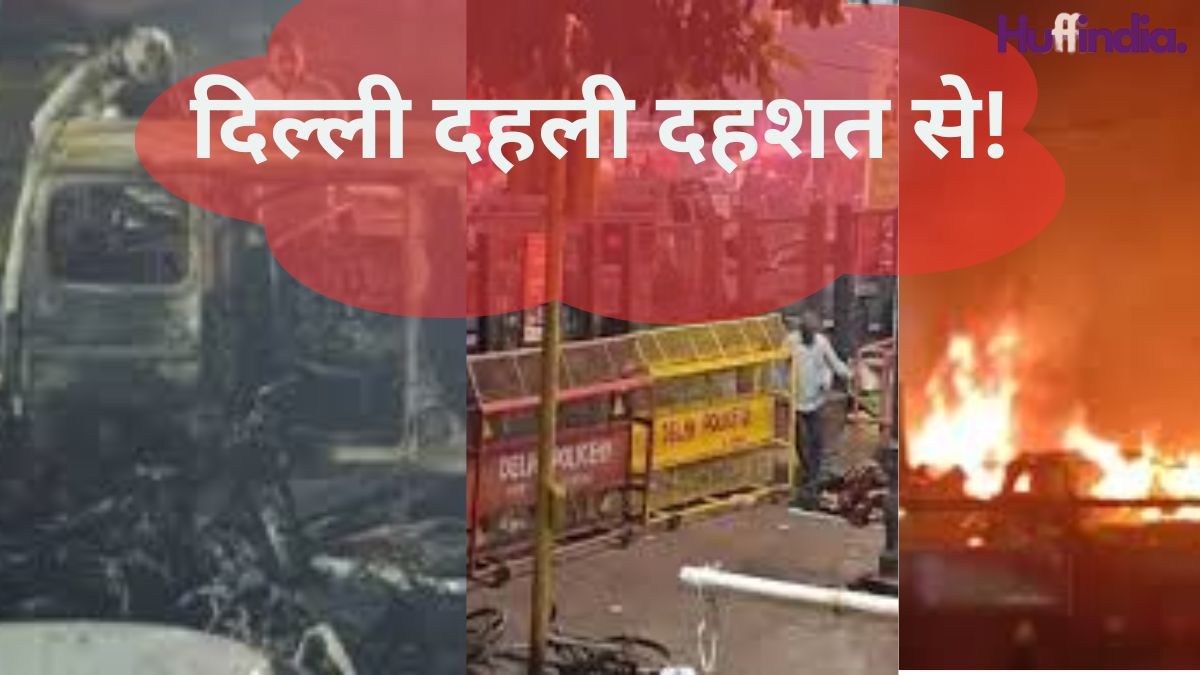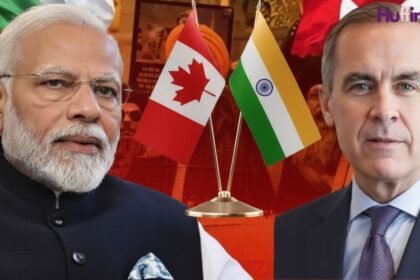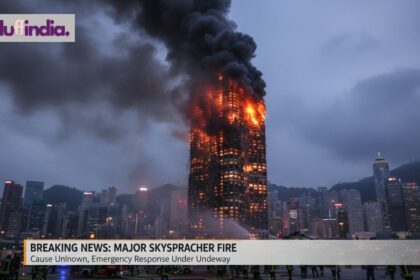New Delhi, November 11 : A powerful Delhi car blast near the historic Red Fort has left at least eight people dead and several others injured, prompting an immediate terrorism investigation under the Unlawful Activities (Prevention) Act (UAPA).
The explosion occurred late Monday evening in the Daryaganj area, sending shockwaves through the national capital’s high-security zone just ahead of the festive season.
Scene of the Blast
Eyewitnesses reported hearing a “massive explosion” followed by plumes of smoke rising from a parked sedan near Netaji Subhash Marg. Police teams, forensic experts, and the National Security Guard (NSG) were deployed within minutes. Firefighters took nearly 45 minutes to douse the flames.
Deputy Commissioner of Police (Special Cell) Ravindra Singh said:
“Preliminary evidence indicates an improvised explosive device (IED) placed in the vehicle. The material composition and triggering mechanism are under forensic analysis.”
NIA and Intelligence Agencies Step In
Home Minister Amit Shah confirmed that the National Investigation Agency (NIA) had formally taken charge.
A joint task force involving Delhi Police, the Intelligence Bureau, and the National Forensic Science Laboratory (NFSL) has been formed to trace the source of the explosives and identify possible cross-border links.
Sources told Huff India that fragments of circuit boards and ammonium-nitrate residue were found — suggesting similarities to past low-intensity terror devices used by sleeper cells in North India.
Political Reactions and Public Safety
Prime Minister Narendra Modi chaired an emergency review with top security officials, calling the incident “a grave attack on civilian peace”.
The Delhi government has announced ex-gratia compensation for victims’ families and heightened alert levels across the NCR.
Citizens are urged to avoid rumour-mongering. DCP Singh emphasized,
“We are verifying every social media clip before confirming authenticity. Panic helps no one.”
UAPA Probe and Legal Process
Registering the case under Sections 16, 18, and 20 of the UAPA, the NIA gains broader authority to investigate interstate and international dimensions.
Officials say mobile tower data and CCTV footage covering a two-kilometre radius are being scanned for suspicious movement.
Legal experts note that once registered under UAPA, suspects can be detained for up to 180 days without charge, allowing investigators to build a detailed evidence chain.
Security Implications
The blast revives concerns about Delhi’s vulnerability to lone-wolf or organised attacks. Intelligence briefings suggest “possible coordination” between fringe elements active in neighbouring states.
A retired Intelligence Bureau officer told Huff India:
“The capital remains a high-value symbolic target. Urban security must evolve beyond CCTV dependence to AI-driven threat prediction.”
What’s Next
Authorities plan to submit an interim report within 72 hours. Security has been tightened across railway stations, airports, and tourist zones.
For residents, the tragedy is a chilling reminder of past attacks — yet also a test of India’s counter-terrorism readiness in the AI era.


























